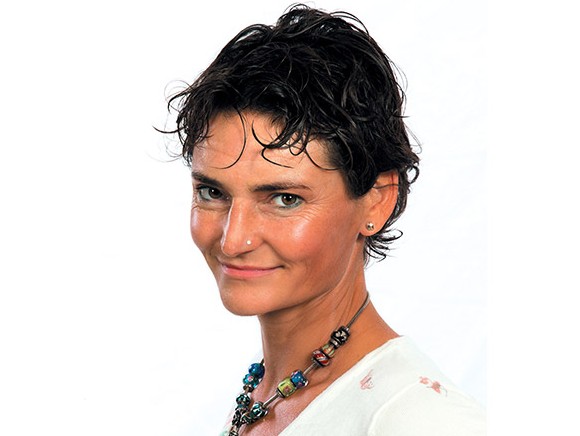
To make sure they don’t get left behind, entrepreneurs have to continually look ahead, which is why we’ve asked ourselves in our first edition of 2016: ‘What can we expect to have on our plates?’ What are the trends for 2016? Which developments are shaping the choices you will have to make – not only today, but also in 5, 10 and 20 years’ time?
Sustainability, health and online are the major drivers of innovation. We are moving towards a circular economy in which all waste will be reused. We’re looking for solutions to help us meet the global need for a sustainable supply of protein. Universities are fervently conducting research into the cultivation and use of insects, and the production of algae and protein-rich insect extracts. And will cultured meat really be readily available and affordable in 5 years from now? I wonder…
To make sure they don’t get left behind, entrepreneurs have to continually look ahead, which is why we’ve asked ourselves in our first edition of 2016: ‘What can we expect to have on our plates?’ What are the trends for 2016? Which developments are shaping the choices you will have to make – not only today, but also in 5, 10 and 20 years’ time?
Sustainability, health and online are the major drivers of innovation. We are moving towards a circular economy in which all waste will be reused. We’re looking for solutions to help us meet the global need for a sustainable supply of protein. Universities are fervently conducting research into the cultivation and use of insects, and the production of algae and protein-rich insect extracts. And will cultured meat really be readily available and affordable in 5 years from now? I wonder…
Consumers want to know exactly what their food contains and where it comes from. Food producers and vendors are being forced to provide ever-more information. As we walk around the supermarket we use our smartphone as a scanner to gather information as the basis for a well-balanced basket of goods. It won’t be long now until demanding consumers will want to do more than just gather information. We will all need the information – to precisely align our diet with our lifestyle and our personal requirements. But hold on a minute...did I say ‘walking around the supermarket’? Online is already playing an ever-bigger part in our lives.
I see plenty of evidence around me: friends who proudly show off their smartwatch or their high-tech activity tracker that looks like something out of Star Wars. These items are still pretty unusual but we will soon regard them as ordinary. Before long, these two gadgets will be integrated into a single, ultimate wristband which you can use to take photos, check your messages, update your diary, phone friends and family...It will contain a heart rate monitor and an inactivity sensor that reminds you to get up and move around if you’ve been sitting still for too long. The wristband will register precisely how many calories you’ve burned and how long and how well you’ve slept. It will be connected to your own online account, and that account will be connected to your fridge, for example, which in turn is connected to the supermarket and webshops. And they are of course connected to distribution centres, which are connected to ultra-fast delivery drones that ensure that you have the right food for you in your home at the right time. Big data will rule the world.
Will this become reality? To a certain extent, I think it will. But we’re also social creatures who crave human contact and we have five senses that want to be stimulated, so we will continue to interact with one another somewhere and somehow. Perhaps that will be at the various farmers’ markets or food festivals that seem to be popping up everywhere lately. They are places where we can meet each other, and where we can smell, touch and taste. Places to savour!
Judith Witte
[email protected]
Source: Vakblad Voedingsindustrie 2016